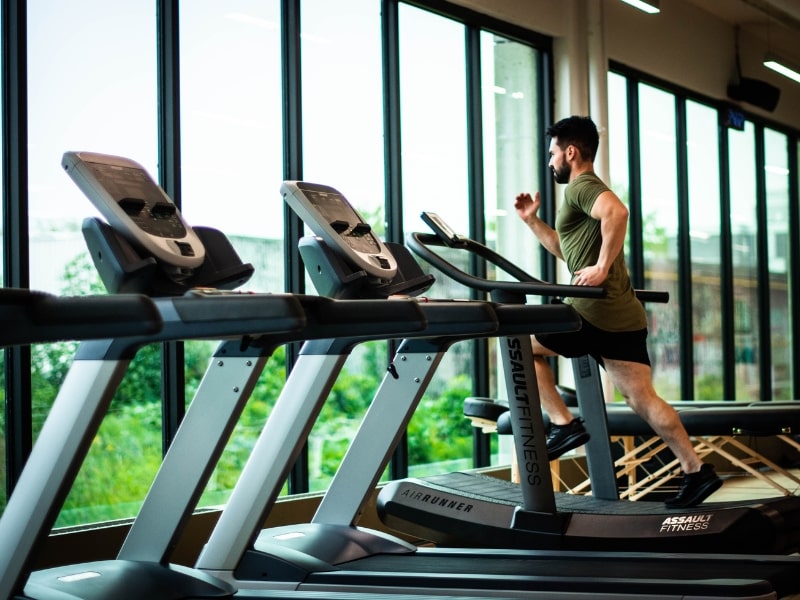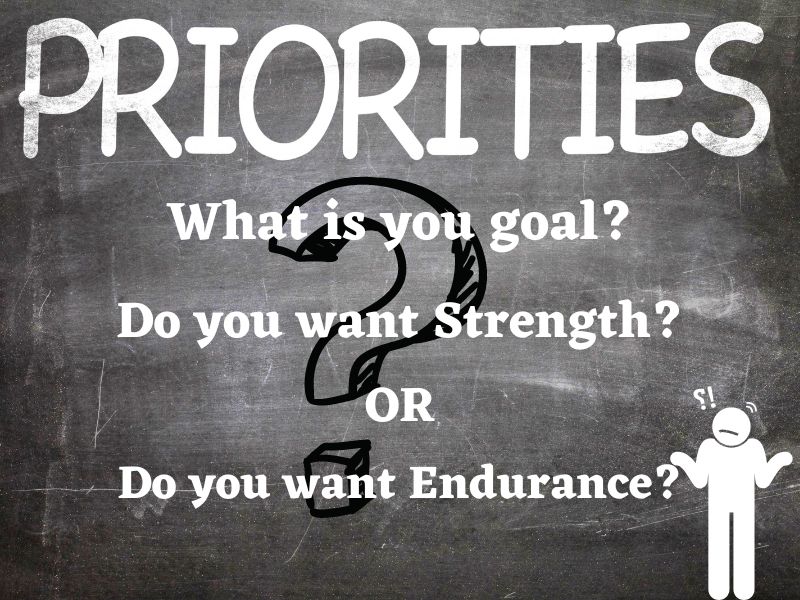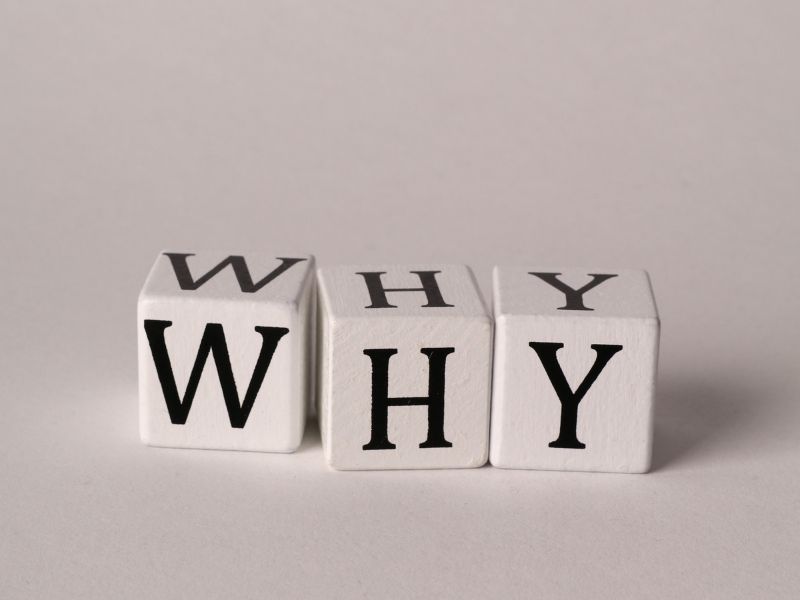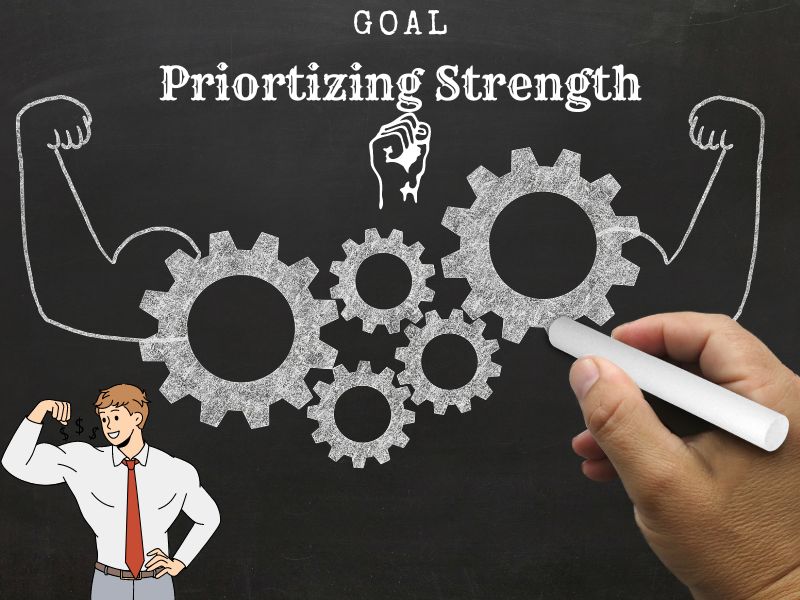
Cardio should be a staple in everyone’s fitness routines, not because it helps you burn more calories, allowing you to lose weight or eat more. It’s a medical necessity as well for your body to be in constant movement. Cardio has an overall positive effect on your health, especially your cardiovascular health. Now to the question. Should you do cardio before or after a workout?

What are your priorities
The first thing before you do anything is what are your goals? What do you want to prioritize? Is it strength? Or is it endurance? Depending on your answer to that, your approach to cardio will completely change. Whether you are lifting weights or doing aerobic exercises, whatever the case may be, you need to have a clear vision of what your goal is. Doing everything together can sometimes take away from both your strength and muscle-building capability.

Why can you not do cardio before weights?
When you do cardio, your blood flow gets directed to the muscles that are being used to perform the movements. For example, when doing burpees, the blood will get directed towards the muscles that allow you to perform them. Now, if you were to do any sort of weight lifting or resistance training after this your performance would drastically drop on those lifts.
That is due to the redirection of blood flow to the muscles you are using for cardio. This in turn makes you more prone to injury, especially if your lifting weights as improper blood flow can lead to improper form, which is a huge factor that contributes to most injuries in the gym other than trying to lift weights that are more than you can handle. If you can’t lift the weight that you normally do for the same reps, you are bound to compensate proper form and that usually leads to injury.

Impacts on recovery
Your body recovers when you sleep. If you lift weight, then you already know how important sleep is muscles are built when you are sleeping. If you are doing both cardio and weight lifting on the same day and you go all-out on your cardio as well. Now, when your body has to recover, it will have a hard time doing so as you have done two different types of training to failure and it will try to bring you back to normal for the next day.
To maximize muscle building , your body needs to have less to recover from. If you trained your biceps and chest to failure, that’s all it has to recover and build back stronger. Adding your whole body to the equation takes away from this and the muscle gains will be minimal if not non-existent, depending on how hard your cardio was before or after your weight lifting session.
HIIT cardio in particular is harder to recover from and going all-out with HIIT can lead to extended recovery times which hinders muscle growth more than any lower intensity form of cardio would.

Prioritizing strength
If you want to prioritize strength. That is, to be stronger on your lifts and use cardio as a weight loss tool or just for overall health. Then you have two options that you can choose from.
- Do your cardio after your resistance training but don’t go all-out with cardio
- Do it on a separate time during the same day
- Do it on a completely separate rest day when you are not resistance training
- You should avoid HIIT cardio on the same day if your goal is to maximize strength and muscle

Prioritizing endurance
If your goals is endurance. If your just trying to be athletic and more agile and have the stamina to keep going longer.
- You should still do your cardio after your weights
- You don’t have to do it on a separate day as your goals is to prioritize endurance anyway.
Conclusion
If you like what you read or have any questions let us know.
- If you want to know more about what kind of cardio is better for weight loss. Read what-kind-of-cardio-is-better-for-weight-loss/
- Here are top ten foods that you can incorporate your diet around to lose weight. Readtop-10-best-foods-to-lose-weight/
- Foods rich in protein are just as important and help you recover from your workouts better. Read top-foods-for-building-muscle/